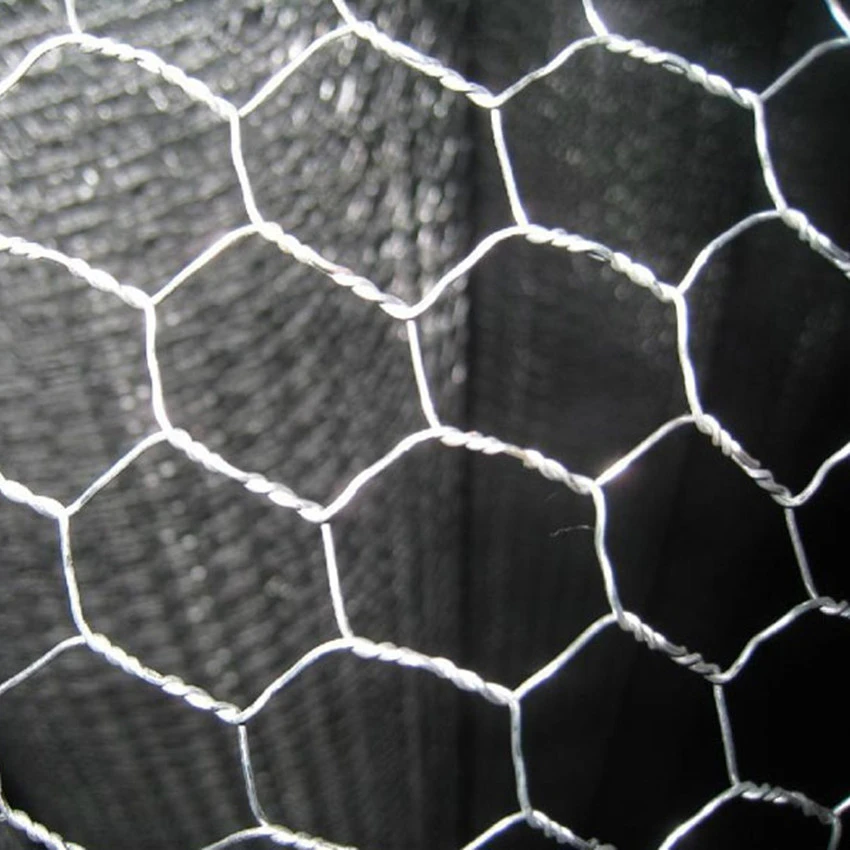Dec . 01, 2024 11:26 Back to list
ce certification reinforcing welded mesh
CE Certification for Reinforcing Welded Mesh Ensuring Quality and Safety in Construction
In the construction industry, materials must meet stringent quality and safety standards to ensure the integrity and durability of structures. One essential component frequently used in construction is reinforcing welded mesh. This material plays a critical role in providing structural reinforcement, preventing cracking, and enhancing the overall strength of concrete elements. To ensure that reinforcing welded mesh meets the required standards, the CE certification is crucial. This article explores the significance of CE certification for reinforcing welded mesh, its benefits, and the implications for construction projects.
What is CE Certification?
CE certification, which stands for Conformité Européenne, is a mandatory mark for products sold within the European Economic Area (EEA). It signifies that the product complies with EU safety, health, and environmental requirements. The CE mark is essential for various construction materials, including reinforcing welded mesh, indicating that the product meets the EU’s rigorous standards and regulations.
Importance of Reinforcing Welded Mesh
Reinforcing welded mesh, made from high-quality steel wires, is primarily used to reinforce concrete structures such as slabs, walls, and pavements. Its purpose is to distribute tensile stresses and improve the load-bearing capacity of concrete, which is inherently weak in tension. The mesh is manufactured by welding together longitudinal and transverse wires, creating a grid-like structure that can be easily handled and placed during construction.
Given the critical function of reinforcing welded mesh in ensuring the structural stability of buildings and infrastructure, it is imperative that it meets high-quality standards. CE certification provides a reliable assurance of the product's performance and overall quality.
The CE Certification Process
The process of obtaining CE certification involves several key steps
1. Product Testing The welded mesh must undergo rigorous testing to verify that it meets the requirements outlined in the relevant European standards, such as EN 10080 (Steel for the reinforcement of concrete) and EN 10223 (Welded wire and welded mesh). Testing may include assessments of yield strength, tensile strength, and elongation properties.
2. Technical Documentation Manufacturers must compile technical documentation that outlines the product’s specifications, test results, and conformity to the applicable standards. This documentation serves as evidence of compliance and must be maintained throughout the life of the product.
ce certification reinforcing welded mesh

3. Quality Control Procedures The manufacturer must implement a quality management system to ensure consistent production processes and product quality. This system is subject to periodic reviews and audits by notified bodies to confirm ongoing compliance.
4. Issuing the Declaration of Performance (DoP) Following successful testing and evaluation, the manufacturer issues a Declaration of Performance, detailing how the product meets specific essential characteristics and regulatory requirements.
5. Affixing the CE Mark Finally, once the above steps are completed, the product can be affixed with the CE mark, allowing it to be legally sold and distributed within the EEA.
Benefits of CE Certification for Construction Projects
1. Assurance of Quality CE certification provides architects, engineers, and contractors with confidence in the quality and safety of the reinforcing welded mesh. This assurance reduces the risk of structural failures associated with inferior materials.
2. Compliance with Regulations In many countries, it is illegal to sell construction products that do not bear the CE mark. CE certification ensures compliance with local and EU regulations, enabling smoother project approvals and inspections.
3. Market Access Manufacturers with CE certification can expand their market access across the EU and EEA. This is particularly advantageous for companies seeking to enter new markets and compete effectively.
4. Enhanced Reputation Products that are CE certified are often perceived as higher quality, which can enhance the reputation of manufacturers and increase customer trust.
Conclusion
CE certification for reinforcing welded mesh is not just a regulatory requirement; it is an essential aspect of ensuring quality and safety in construction. By adhering to stringent testing and documentation processes, manufacturers can provide products that meet the demanding standards of the industry. For architects, engineers, and contractors, using CE-certified reinforcing welded mesh contributes to the integrity and longevity of their projects, ultimately benefiting society as a whole. In a world where safety and quality are paramount, CE certification serves as a vital indicator of reliability in construction materials.
-
Hop Dipped Galvanized / PVC Coated Temporary Fence-Anping County Xingzhi Metal Wiremesh Products Co.,Ltd|Durable Temporary Fencing&Versatile Installation
NewsAug.05,2025
-
Hop Dipped Galvanized / PVC Coated Temporary Fence - Anping County Xingzhi Metal Wiremesh Products Co., Ltd|Durable Construction&Versatile Applications
NewsAug.05,2025
-
Hop Dipped Galvanized / PVC Coated Temporary Fence - Anping County Xingzhi Metal Wiremesh Products Co., Ltd
NewsAug.05,2025
-
Hop Dipped Galvanized/PVC Coated Temporary Fence-Anping County Xingzhi Metal Wiremesh Products Co.,Ltd|Durable, Modular, Corrosion Resistant
NewsAug.05,2025
-
Hop Dipped Galvanized / PVC Coated Temporary Fence-Anping County Xingzhi Metal Wiremesh Products Co., Ltd|Durable Surface Treatments&Versatile Applications
NewsAug.05,2025
-
Steel Expanded Metal Mesh Fence: Secure & Durable Perimeter Solution
NewsAug.05,2025



